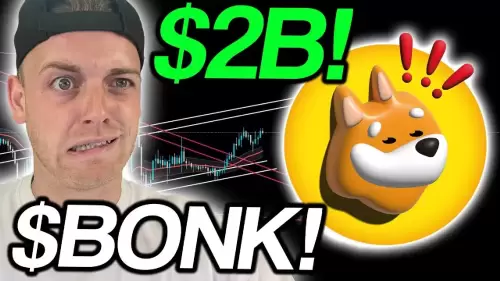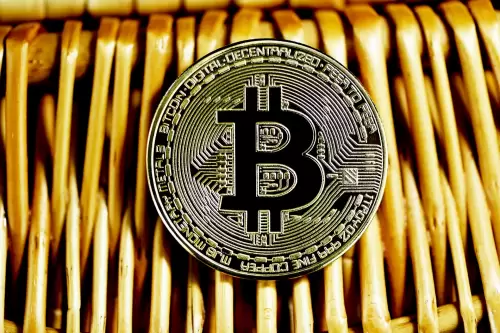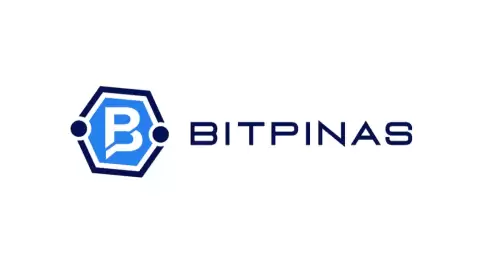 |
|
 |
|
 |
|
 |
|
 |
|
 |
|
 |
|
 |
|
 |
|
 |
|
 |
|
 |
|
 |
|
 |
|
 |
|
Cryptocurrency News Articles
Tether, USDC, and Exchanges: A Landscape in Flux
Jun 21, 2025 at 03:00 am
Tether's dominance grows as USDC retreats from exchanges, sparking liquidity concerns and a shift in stablecoin reliance. What does this mean for the future of crypto trading?

The stablecoin arena is witnessing a power shift. Tether (USDT) is solidifying its lead, while USDC is seeing a pullback from exchanges, impacting liquidity and raising questions about market stability.
Tether's Rise and USDC's Retreat
Tether's influence is undeniable. In 2025 alone, over $12 billion USDT has flooded the Ethereum network, with the majority flowing directly into exchanges. This influx provides fresh liquidity for major crypto pairs like Bitcoin and Ethereum, cementing Tether's role in the crypto trading ecosystem.
Conversely, USDC is experiencing net outflows from exchanges. Despite reserves remaining above 2023 levels, capital is exiting faster than it's entering. This suggests institutions are shifting away from USDC, potentially due to trust concerns or strategic realignments.
Liquidity Imbalance: A Cause for Concern?
Tether now commands a staggering 78% of all stablecoin liquidity. While dominance isn't inherently bad, it raises concerns about the reliance on a single asset. Altcoins and emerging projects become increasingly dependent on USDT for trade volume and price stability. The limited availability of alternatives like USDC on exchanges can lead to thinner markets and higher slippage risks for smaller tokens.
This imbalance could create instability during market downturns. If confidence in Tether wavers, the entire ecosystem could feel the ripple effects. Diversified stablecoin liquidity is crucial for resilience, and the growing USDT dominance underscores the need for alternative options.
Non-KYC Exchanges Gaining Traction
As privacy concerns grow, non-KYC crypto exchanges are becoming increasingly popular. Platforms like Godex, OpenPeer, and others offer anonymous ways to buy and sell cryptocurrencies, appealing to traders who prioritize confidentiality. These exchanges often feature innovative tools and lower costs compared to traditional platforms.
Tether Diversifies into Cybersecurity
In response to a massive data breach exposing billions of login credentials, Tether CEO Paolo Ardoino announced PearPass, a serverless password manager. This move signifies Tether's expansion beyond cryptocurrency into cybersecurity. PearPass aims to eliminate centralized storage vulnerabilities by storing data locally on user devices.
My Take: A Call for Balance
While Tether's growth is impressive, the crypto ecosystem needs a healthy balance of stablecoin options. The concentration of liquidity in USDT creates a potential single point of failure. Encouraging the adoption and development of alternative stablecoins, along with promoting decentralized and privacy-focused exchanges, is essential for long-term stability and resilience.
The rise of non-KYC exchanges is also a significant trend, reflecting a growing demand for privacy in the crypto space. However, users should carefully evaluate the security and regulatory compliance of these platforms.
Final Thoughts
The stablecoin landscape is constantly evolving, with Tether and USDC leading the charge. The key is to stay informed, diversify your holdings, and choose platforms that align with your individual needs and risk tolerance. After all, in the wild west of crypto, a little bit of caution goes a long way!
Disclaimer:info@kdj.com
The information provided is not trading advice. kdj.com does not assume any responsibility for any investments made based on the information provided in this article. Cryptocurrencies are highly volatile and it is highly recommended that you invest with caution after thorough research!
If you believe that the content used on this website infringes your copyright, please contact us immediately (info@kdj.com) and we will delete it promptly.




























































